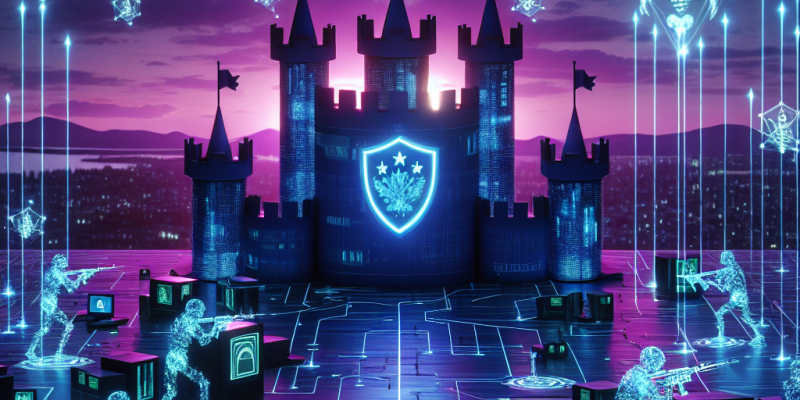Government vs. Hackers: The Cybersecurity Landscape in 2025

As we step into 2025, the battle between governments and hackers continues to escalate in the realm of cybersecurity. With technology evolving rapidly, both sides are adapting their strategies and tools. This article explores the current state of cybersecurity, the challenges faced by governments, and the tactics used by hackers.
The Evolving Cyber Threats
One of the most significant changes in 2025 is the rise of sophisticated cyber threats. Hackers are now using advanced artificial intelligence (AI) techniques to automate attacks and adapt to defenses. This means that attackers can operate faster and with greater precision, making it difficult for governments to keep up.
Additionally, the increase in remote work has expanded the attack surface. Many workers now access sensitive data from personal devices and unsecured networks, giving hackers more opportunities to infiltrate systems.
Government Responses
In response to these growing threats, governments around the world are ramping up their cybersecurity efforts. Many nations have established dedicated cybersecurity agencies focused on threat detection and response. These agencies collaborate both domestically and internationally, sharing intelligence and best practices to bolster defenses.
In 2025, governments are also investing heavily in research and development. They are exploring new technologies such as quantum computing and blockchain to enhance data security. Training programs for cybersecurity professionals are becoming more common, aiming to create a workforce capable of tackling modern threats.
Public-Private Partnerships
Another significant trend is the development of public-private partnerships. Governments recognize that they cannot combat cyber threats alone. Collaboration with private companies is essential for building a robust cybersecurity framework. Many tech firms are now sharing threat intelligence with governments, helping to identify and mitigate risks more effectively.
These partnerships also lead to the establishment of cybersecurity standards. By encouraging businesses to meet specific security benchmarks, governments aim to reduce vulnerabilities across industries.
The Hacker Landscape
On the other side of the cybersecurity battlefield, hackers are becoming increasingly organized. Many operate as part of cybercriminal syndicates, using sophisticated tools and techniques to launch attacks. In 2025, ransomware attacks remain a primary threat, with hackers demanding payment to unlock critical data.
Moreover, hacktivism has grown, with individuals or groups promoting political causes through cyberattacks. This adds another layer of complexity to the cybersecurity landscape, as governments must navigate these politically motivated threats.
The Future of Cybersecurity
Looking ahead, the cybersecurity landscape in 2025 appears challenging. Both governments and hackers are continuously evolving, adapting to new technologies and tactics. It is clear that cybersecurity will remain a top priority for nations worldwide.
To stay ahead, it is crucial for governments to invest in education and awareness. Individuals must be informed about safe online practices to reduce the risk of falling victim to cyberattacks. A combined effort between the public sector, private sector, and citizens will be essential to creating a safer digital environment.
In conclusion, the battle between government agencies and hackers is far from over. As threats continue to evolve, coordination and innovation will be vital in securing cyberspace for future generations.














